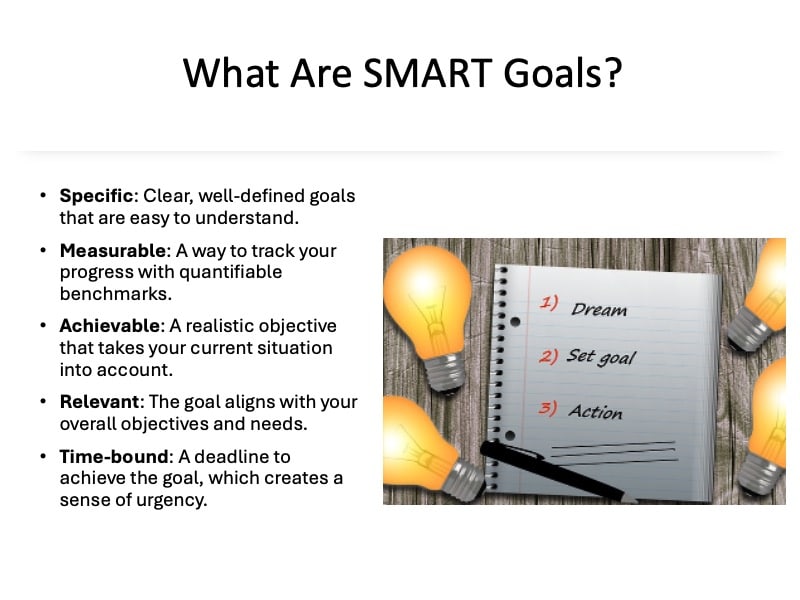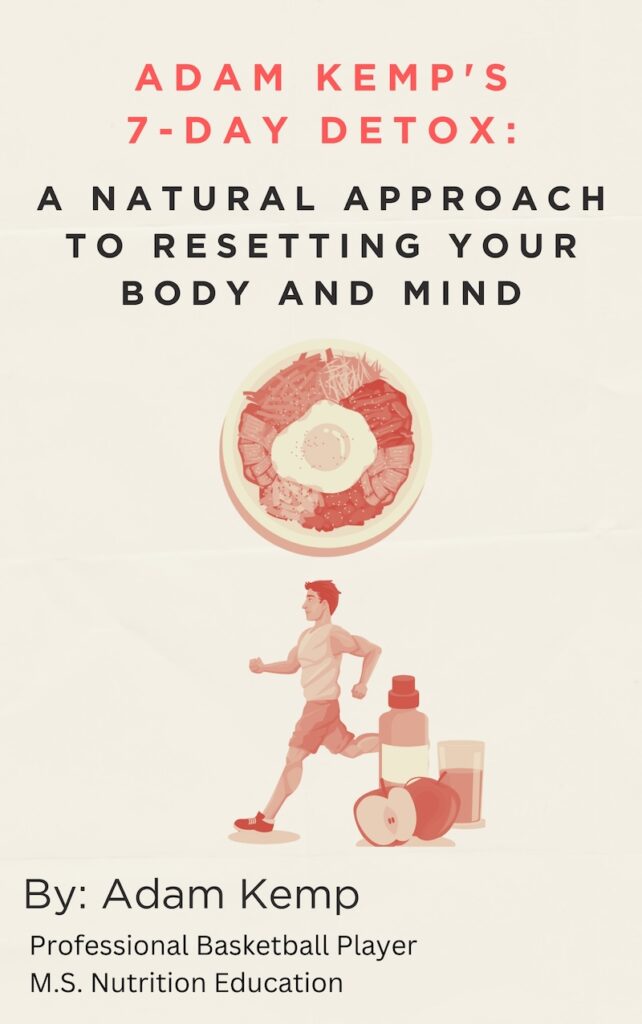Sustainable Lifestyle Changes That Support Fitness Goals
Making sustainable lifestyle changes is the most reliable way to achieve long-term fitness progress, even when motivation naturally rises and falls.
Many people enter a new routine with enthusiasm, only to lose momentum when real life becomes busy, or results come slower than expected.
The cycle continues because quick fixes and extreme strategies are easier to market than consistent, evidence-based healthy habits.
However, fitness success rarely comes from dramatic shifts.
It is shaped by steady improvements in nutrition, movement patterns, sleep quality, and daily decision-making.
These gradual adjustments improve energy levels, support recovery, and develop a mindset that supports long-term adherence.
Small, repeatable behaviors eventually reshape your baseline, which is why sustainable lifestyle changes remain the foundation of lasting health and performance.
Why Are Sustainable Lifestyle Changes Important for Achieving Fitness Goals?
Sustainable lifestyle changes matter because they create habits your body and mind can maintain without the constant pressure of willpower.
Research consistently shows that long-term adherence, not intensity, is the strongest predictor of health and fitness success (Phelan et al., 2020).
When habits feel manageable, they require less mental effort, which allows you to stay consistent even during busy or stressful periods.
Steady, repeatable behaviors also lead to more stable physiological adaptations.
Small improvements in movement, nutrition, and sleep help regulate hormones, improve metabolic health, support muscle recovery, and increase energy levels over time.
These gradual changes compound, making progress more predictable and sustainable.
Sustainable habits also reduce the burnout cycle created by extreme dieting and aggressive workout plans.
Research indicates that overly restrictive strategies increase the likelihood of rebound behaviors, including overeating, inactivity, or abandoning fitness efforts altogether (Lowe et al., 2019).
A balanced approach keeps your body fueled, your mind engaged, and your motivation steady.
Finally, sustainable lifestyle changes promote a sense of autonomy and self-efficacy.
When you choose habits that fit your life, rather than forcing a rigid plan, you develop confidence in your ability to continue them long-term.
This mindset becomes essential for staying consistent with workouts, maintaining healthy eating patterns, and handling setbacks with resilience.
The Foundation of Sustainable Fitness

When we talk about sustainable fitness, we are referring to habits that are manageable and suitable for long-term living, rather than extreme changes that are hard to maintain.
Sustainability in fitness means finding a balance that works for your life, without resorting to drastic measures like severe calorie cutting or over-the-top workouts.
These intense methods may offer quick results, but they often lead to burnout or a return to old habits.
A balanced approach to fitness is key.
This includes incorporating realistic changes that fit your lifestyle.
Rather than focusing on short-term goals, sustainable fitness focuses on creating habits that you can maintain for years.
The key pillars of sustainable fitness are nutrition, exercise, sleep, and recovery. Let’s discuss each of these in detail.
Nutrition for Lasting Energy and Progress
Eating a balanced, nutrient-dense diet is essential for maintaining energy and fueling your fitness progress.
A balanced diet includes proteins, healthy fats, and complex carbohydrates, providing the nutrients your body needs to support your workouts and recovery.
It’s important to avoid restrictive diets that cut out entire food groups, as they often lead to nutritional gaps and are difficult to sustain in the long run.
Instead, aim for a variety of whole foods, such as lean meats, whole grains, vegetables, fruits, and healthy oils.
Mindful eating is another powerful tool for maintaining consistency (Mantzios, 2020).
Paying attention to portion sizes and listening to your body’s hunger cues can prevent overeating and promote better digestion.
For individuals managing GLP1 fatigue, the challenge often comes from feeling low on energy due to the appetite-suppressing effects of medications like semaglutide.
These medications work by mimicking the action of the GLP-1 hormone, which helps regulate blood sugar and suppress appetite.
However, they can also slow down gastric emptying, leading to reduced energy levels.
Focusing on a nutrient-rich diet becomes even more important to combat this fatigue and keep energy levels up throughout the day.
The Role of Exercise in Sustainable Fitness
Choosing the right exercise routine is essential for long-term success.
It’s important to find activities you genuinely enjoy, whether that’s strength training, cardio, pilates, or any other form of physical activity.
When you enjoy what you’re doing, you’re more likely to stick with it.
For a well-rounded fitness plan, aim to incorporate a mix of strength training, mobility exercises, and cardio.
This balanced approach will improve your overall fitness, build muscle, enhance flexibility, and support cardiovascular health.
While intensity can be important, consistency should always come first.
Instead of pushing yourself to the limit every workout, focus on gradually increasing the intensity over time.
This helps prevent burnout and ensures you can maintain a steady routine.
Including functional movements like squats, lunges, and walking is also key.
These exercises mimic everyday activities and improve strength, balance, and flexibility, making it easier to perform daily tasks.
Sleep and Recovery: Essential for Progress
Proper sleep is crucial for muscle recovery, hormone regulation, and maintaining energy levels.
During sleep, the body repairs muscle tissue, balances hormones such as cortisol and growth hormone, and replenishes energy stores.
Without enough sleep, these processes are disrupted, leading to slower recovery, decreased performance, and fatigue.
To improve sleep quality, focus on sleep hygiene.
- Create a consistent bedtime routine by going to bed and waking up at the same time each day.
- Avoid screens and caffeine at least an hour before bed to help your body wind down.
- Aim for 7-9 hours of sleep per night to ensure your body has enough time to recover and recharge.
Rest is just as important as training.
Without adequate recovery, your body won’t be able to handle the stress of regular exercise, which could lead to burnout or injury.
Prioritize sleep and recovery to maintain consistency and continue progressing in your fitness journey.
Final Thoughts: How Sustainable Lifestyle Changes Can Help You Achieve Your Fitness Goals
Sustainable lifestyle changes lay the foundation for long-term progress by prioritizing habits that fit naturally into your daily routine.
Small adjustments in nutrition, movement, and recovery often create more meaningful results than extreme programs, especially when those changes are designed to be repeatable and realistic.
Using SMART goals helps make these habits even more effective.
SMART stands for specific, measurable, achievable, relevant, and time-bound, which turns vague intentions into clear targets backed by a concrete plan.

A goal like “eat healthier” becomes far more practical when reframed as “include one serving of vegetables at lunch every day for the next two weeks,” which increases your chances of following through and staying consistent.
Beginning with a single manageable change, such as improving sleep patterns, adding short walks after meals, or setting a consistent training schedule, helps you build confidence while avoiding burnout.
These small wins compound over time, gradually reshaping your lifestyle to support better energy, stronger performance, and improved long-term health.
Focusing on sustainable lifestyle changes prepares you for success because the habits you create today become the behaviors that carry you toward your future fitness goals.
This website does not provide medical advice. This website site does contain affiliate links, and purchases may earn a commission.
Read my Medical Disclaimer, Review Disclaimer, and Publishing Policies for more details. Use of this site indicates acceptance of these terms.



